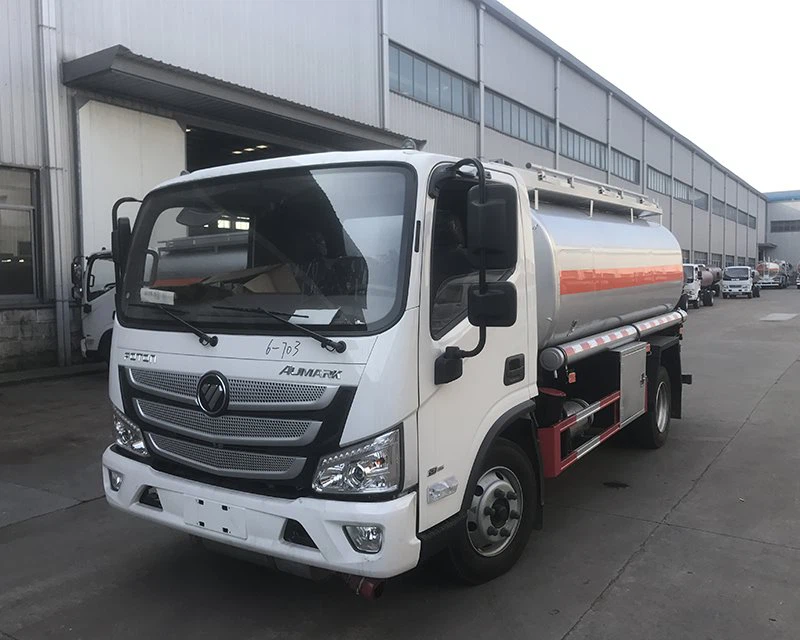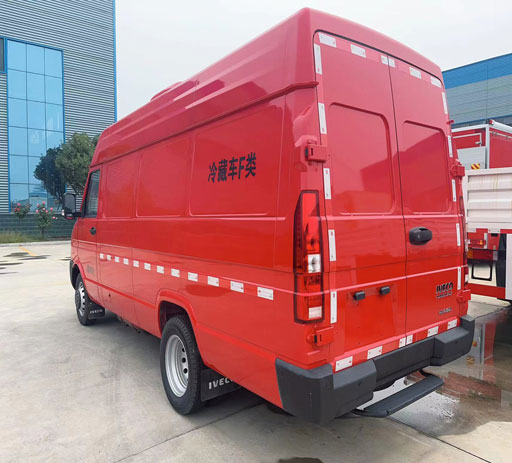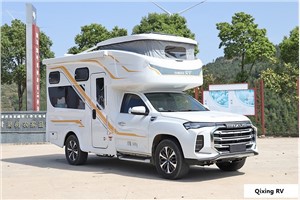PTR Baler and Compactor Company: Your Comprehensive Guide

Introduction

The PTR Baler and Compactor Company has established itself as a key player in the waste management and recycling industry. Known for innovation, reliability, and quality, PTR offers a range of compactors and balers that meet the varying needs of businesses across numerous sectors. In this article, we will explore what sets PTR apart, their product offerings, the benefits of their machines, and how to choose the right equipment for your business. We will also provide practical tips, examples, and address commonly asked questions to ensure you have a complete understanding of PTR and its solutions.
1. Overview of PTR Baler and Compactor Company
1.1 Company History
Founded in [Year], PTR has grown from a small manufacturer to one of the leading companies in the baler and compactor industry. Through a commitment to quality, innovation, and customer satisfaction, PTR has built a reputation for excellence.
1.2 Mission and Vision
PTR’s mission is to provide high-quality, efficient waste management solutions that help businesses reduce their environmental footprint while maximizing operational efficiency. Their vision includes continuous innovation and sustainability practices that aim to transform waste into a resource.
2. Types of Products Offered by PTR
2.1 Balers
PTR manufactures various balers designed for different materials, including:
- Vertical Balers
- Horizontal Balers
- Two-Ram Balers
Each baler type features specific benefits tailored to diverse industry needs.
2.1.1 Vertical Balers
Vertical balers are ideal for businesses with limited space. They efficiently handle materials like cardboard, plastic, and paper, compressing them into manageable bales.
2.1.2 Horizontal Balers

For larger operations, horizontal balers are equipped to manage larger volumes of waste, producing denser bales that are easier to transport.
2.1.3 Two-Ram Balers
Two-ram balers offer flexibility for processing a variety of materials. They accommodate different-sized bales, making them suitable for a wide array of industries.
2.2 Compactors
PTR’s compactor products include:
- Stationary Compactors
- Self-Contained Compactors
- Pre-Crusher Compactors
Compactors are designed to significantly reduce waste volume, aiding in cost efficiency and space-saving.
2.2.1 Stationary Compactors
Stationary compactors are fixed in a designated location and are perfect for large volumes of waste on a continual basis.
2.2.2 Self-Contained Compactors
These compactors have a built-in container, making them ideal for businesses that generate a lot of wet or organic waste.
2.2.3 Pre-Crusher Compactors
Pre-crusher compactors are designed to crush bulky items before compacting, improving efficiency for businesses handling heavy or large materials.
3. Benefits of Using PTR Equipment
3.1 Enhanced Efficiency
PTR machines help in significantly reducing the amount of waste, enabling organizations to manage waste more effectively and efficiently.
3.2 Cost Savings
By compacting waste, businesses can reduce disposal costs associated with hauling away large volumes. Efficient baling can also lead to higher revenues from recycled materials.
3.3 Environmental Impact

Using PTR’s equipment ensures lesser landfill contributions. Reduced waste helps businesses embrace sustainable practices that are better for the environment.
4. Selecting the Right PTR Product for Your Business
4.1 Assess Your Waste Volume
Evaluate the types and volumes of waste your business generates. This analysis will guide you in selecting between a baler or compactor and which model suits your needs best.
4.2 Understand Material Types
Different machines cater to different waste materials. Consider what types of materials you will be processing to find the right equipment.
4.3 Space Considerations
The available space you have may determine whether you can utilize a vertical or horizontal baler, or a stationary versus a self-contained compactor.
4.4 Budget Constraints
Always factor in the initial investment costs along with maintenance costs. Consider financing options if necessary.
5. Practical Examples of PTR Equipment Usage
5.1 Retail Industry
Retailers often generate significant quantities of cardboard and plastics. By employing vertical balers, they can compress these materials, saving space and making it easier to donate or recycle.
5.2 Manufacturing Sector
Manufacturers who handle heavy materials benefit greatly from pre-crusher compactors, which help reduce waste volume prior to transport, saving both space and costs.
5.3 Hospitality Industry
Hotels and restaurants generating organic waste can use self-contained compactors to manage their waste effectively, preventing unpleasant odors and pest issues.
6. Maintenance Tips for PTR Equipment
6.1 Regular Inspections
Inspect all operational parts, including the hydraulic system and electrical components, at regular intervals to ensure safe and efficient operation.
6.2 Keep the Area Clean
Maintaining a tidy work area will help prevent accidents and promote efficiency. Regularly clean surrounding areas and ensure the machines are free of debris.
6.3 Follow Manufacturer Guidelines
Always adhere to the maintenance and operation manuals provided by PTR. This will prolong the lifespan of the equipment.
6.4 Schedule Professional Servicing
Consider utilizing PTR’s professional servicing to ensure that your machinery remains in optimal condition.
7. Frequently Asked Questions (FAQ)
7.1 What materials can PTR balers handle?
PTR balers are designed to handle a variety of materials including cardboard, plastic, paper, and metals.
7.2 How much space do I need for a baler or compactor?
The space required will depend on the model chosen. Vertical balers typically require less space than horizontal balers. Always refer to specific product measurements.
7.3 What is the average lifespan of PTR equipment?
With proper maintenance, PTR balers and compactors can last many years, often exceeding 10 – 15 years, depending on usage levels.
7.4 Can PTR equipment be customized?
Yes, PTR offers customization options for their machines depending on the specific requirements of your business, including size, capacity, and functionality.
7.5 What financing options are available for PTR products?
PTR provides various financing solutions, including leasing, to make their products more accessible to businesses of all sizes.
7.6 Is training provided for operating PTR equipment?
Yes, PTR provides training resources and support for businesses to ensure staff can operate equipment safely and efficiently.
